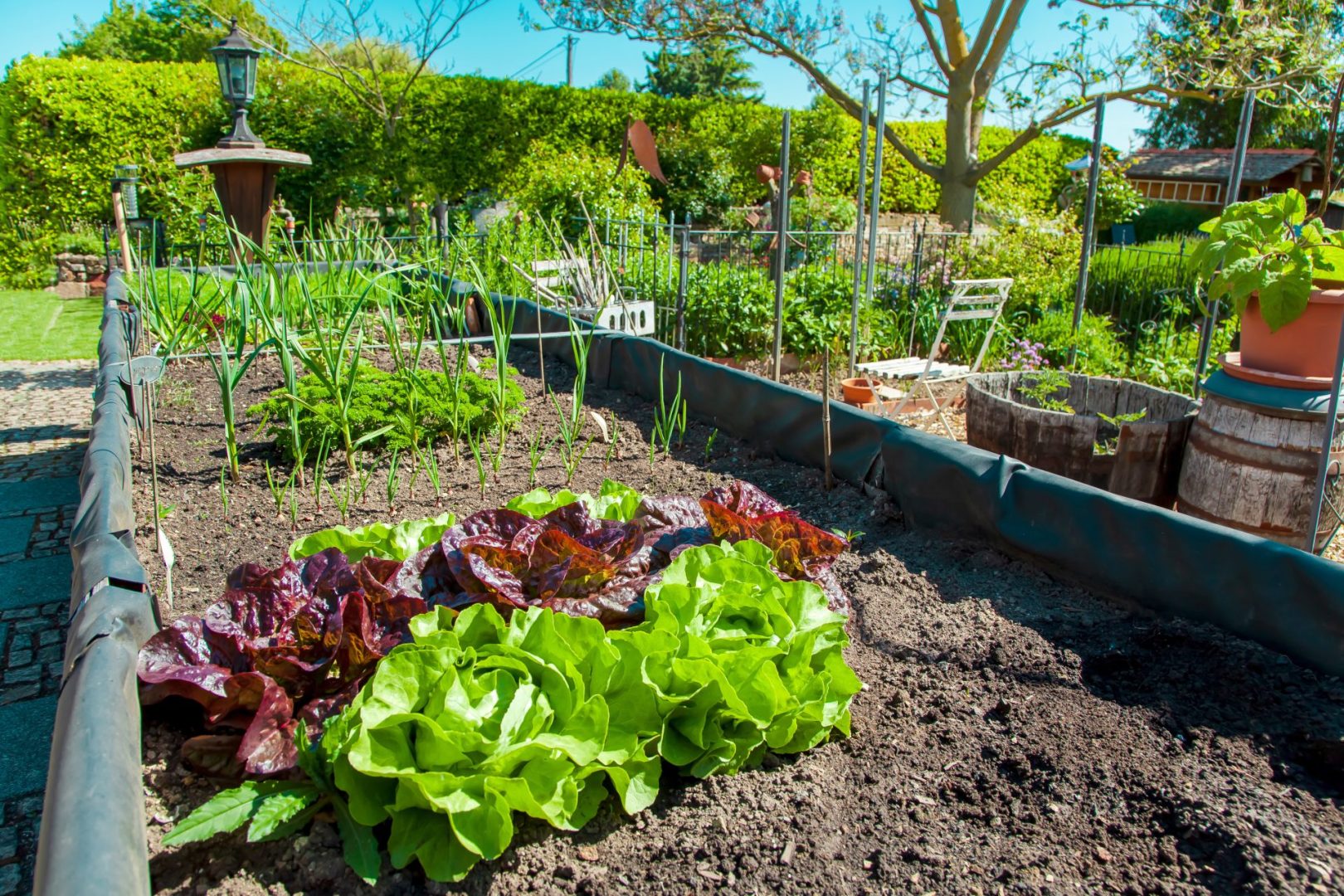Lessons. I learn something new every time I step foot in my garden, or start some seeds indoors, or attend gardening conferences. Here’s some of my latest “aha” moments.
Two weeks ago, I started some seeds I bought from two different seed companies: pak choi and bok choy. These are cold hardy veggies and so I thought I’d get a jump on the season by starting a bunch in trays indoors warmed up by heating pads. The two trays of each variety sprouted quickly. Yay. I kept them by a sunny southern window indoors and they reached eagerly for the sun. Then in just a week’s time, they grew to one inch tall and skinny as can be. We gardeners classify this a “leggy,” not the good kind that used to be assigned to some tall women. When a young seedling is “leggy,” it’s bad. They often bend and keel over because their shoots aren’t strong enough to hold up the sprouting leaves at the top. Then they die.
YIKES! I never want to waste precious seeds or valuable time, so I investigated some more. It turns out that all newly germinated seeds require light and lots of it. I assumed, wrongly, that window light was sufficient but as we all know, it has been cloudy and rainy many days lately. Sunshine is lacking. I now have resorted to using grow lights and keep them blaring for at least 12-16 hours per day overhead about 18 inches from my seedlings. Then darkness. I believe I can save these youngins by adding light to their tender lives and keep misting them for moisture. I confess that I use standard fluorescent lights on a timer, not grow lights, and have been successful.
Another funny discovery I just now learned. Bok choy and pak choi are both types of Chinese cabbages and here’s the twist, they are one and the same vegetable. Say what? I never claimed to be an expert! Yeah, bok choy is the name we use in the US and pak choi is the same veggie grown in England. Dah, so remember that. I bought two packs of seeds from two different companies thinking they were slightly different veggies. Double the fun!
I love bok choy and you will too, so look for it and grow it. It packs more vitamin A and C than spinach and has a delightful crunch when you cook it up. Eat both the leaves and the stalk, roughly chopped, sauté with minced garlic, a dash of soy sauce and honey. You can grill it, too. Leave the stalks and leaves intact, brush on sesame oil and serve with a handful of whole toasted sesame seeds on top. Dig it.
Another tip to pass on concerns your potting soil and seed starting soil. Being lazy and in a hurry, I dug up some forest soil, mixed it with our finished compost and packed it into seed flats with lids. Popped in some seeds, soaked the soil, and placed on heating mats. The soil hardened up like a rock. Avoiding the proper steps to a proper soil mixture never has a happy ending, does it? Back to the drawing board. I ordered a very nice organic potting soil mixture in big bags and followed the expert, Elliott Coleman’s recipe for seed starting soil.
Adjust the quantities according to your needs. This recipe makes a lot about two bushels.
8 gallons of sifted peat moss
½ cup pulverized lime
5 gallons perlite
1 cup blood meal (optional)
½ cup bone meal or crushed eggshells (optional)
1 cup greensand (optional)
8 gallons sifted compost
Look out for some of the commercial bags of potting soil because some contain artificial fertilizer and herbicides. That might appeal to some but I believe in growing organically which means not using chemical additives to my soil or to my plants. Miracle Grow doesn’t touch my plants. Period. That keeps me dependent on three things that aren’t controlled or owned by big businesses: the sun, the rain, and the air to grow things. And always, good soil!
(Karen Cohen is an organic gardener, photojournalist, and avid explorer. Please send comments and tips to natureswaykaren@gmail.com. And happy growing!)


